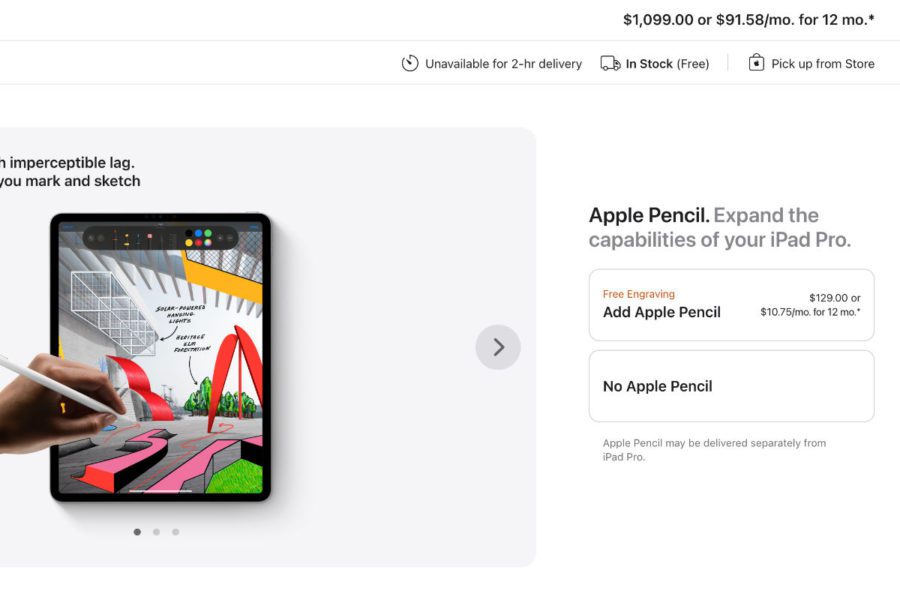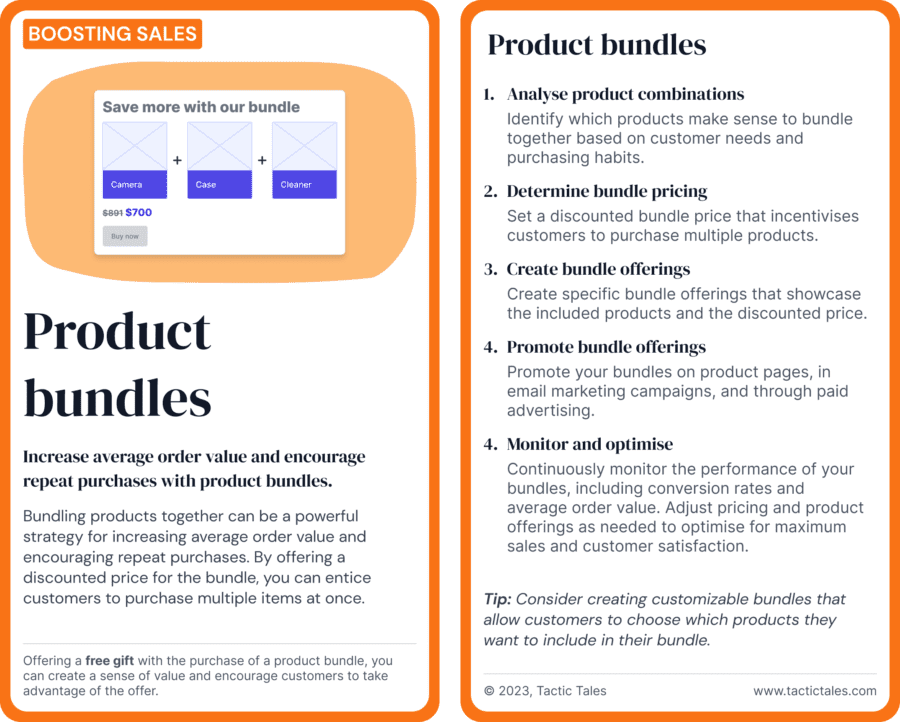Product bundling has become a popular ecommerce tactic for both small and large businesses. It’s a win-win situation – customers save money and get a better experience, while you, the business owner, increase sales and order values. This comprehensive guide will provide you with strategies and real-world examples to help you master product bundling in your ecommerce business.
What is product bundling?
Product bundling is the practice of offering multiple products together as a single package, often at a discounted price. This can be a powerful way to increase your average order value (AOV), move surplus inventory, and encourage customers to try new products.
Why use product bundling?
The benefits of product bundling are numerous:
- Increase sales and revenue
- Improve inventory management
- Encourage customers to try new products
- Enhance customer satisfaction and loyalty
- Boost your ecommerce SEO efforts by targeting specific keywords
Product bundling strategies to try
- Complementary products: Bundle items that naturally go together, like shampoo and conditioner or a camera and its accessories. This type of bundling is popular among customers because it saves them time and effort in searching for related products.
- Bundle discounts: Offer a discount on the bundle compared to the individual product prices. This incentivizes customers to purchase the bundle, even if they were only initially interested in one of the products.
- Exclusive bundles: Create a unique bundle that’s only available for a limited time or in limited quantities. This creates a sense of urgency and exclusivity, driving customers to purchase before the offer expires.
- Customizable bundles: Allow customers to create their own bundles by choosing the products they want. This gives them a sense of control and personalization, which can lead to higher satisfaction and loyalty.
- Tiered pricing: Offer different bundle levels with varying price points and product selections. This caters to customers with different budgets and preferences, increasing the likelihood of a sale.
Examples of successful product bundling
Apple
Apple frequently bundles software with their hardware products, such as iPads with Apple Pencil and keyboards. This enhances the overall value of the package, encouraging customers to spend more.

Amazon
Amazon offers AmazonBasics bundles for various product categories, like electronics and home essentials. This simplifies the shopping process for customers and helps Amazon move inventory.

Sephora
The beauty retailer frequently offers gift sets that include a variety of products from one brand or across multiple brands. This encourages customers to try new products and increases the perceived value of the bundle.

Implementing product bundling on popular ecommerce platforms
To help you get started with product bundling, we’ve compiled instructions and resources for implementing this strategy on four popular ecommerce platforms: Shopify, WooCommerce, Magento, and Wix.
Shopify
Shopify offers several apps to help you create product bundles. One of the most popular options is Bold Bundles. This app allows you to create various types of bundles, such as fixed-price bundles, percentage discounts, and buy-one-get-one offers. To get started, simply install the app and follow the step-by-step instructions provided.
WooCommerce
For WooCommerce users, the Product Bundles extension is a great option. This extension enables you to create customizable bundles, manage inventory, and offer tiered pricing. To implement product bundling on your WooCommerce site, purchase and install the extension, and then follow the documentation to set up your bundles.
Magento
Magento users can take advantage of the platform’s built-in bundling features. To create a bundle product in Magento, navigate to the product catalog in the admin panel and select “Add Product,” then choose “Bundle Product” as the product type. You can find a detailed guide on creating bundle products in Magento in the official documentation.
Wix
Wix users can implement product bundling through the use of apps like Product Kits or by manually creating a bundle as a separate product. With the Product Kits app, you can easily create and customize bundles, offer discounts, and track inventory. To set up product bundling on your Wix site, simply install the app and follow the provided instructions. Alternatively, you can create a new product representing the bundle, add the individual products to the product description, and adjust the pricing accordingly. By following these instructions and resources, you’ll be well on your way to implementing product bundling on your preferred ecommerce platform and reaping the benefits of this powerful sales strategy.
Tips for effective product bundling
- Know your customers: Understand your target audience’s needs, preferences, and purchasing habits. This will help you create bundles that appeal to them
- Test and optimize: Regularly test different bundle combinations, pricing strategies, and promotional tactics to see which work best for your business. Analyze the results and make adjustments as needed to optimize your bundling strategy.
- Promote your bundles: Ensure your customers are aware of your bundled offers by promoting them through email marketing, social media, website banners, and targeted ads. Make it easy for customers to find and purchase your bundles on your website.
- Leverage seasonal opportunities: Create bundles tailored to specific holidays or events, such as Valentine’s Day, Black Friday, or back-to-school season. These timely offers can tap into customer demand and increase sales during peak periods.
- Offer a clear value proposition: Make sure your customers understand the benefits of purchasing the bundle versus the individual products. Highlight the savings and convenience of the bundle, as well as any exclusive or limited-time aspects of the offer.
- Ensure product compatibility: When bundling products, make sure they work well together and meet customer expectations. Incompatible or low-quality products can lead to dissatisfaction and negative reviews.
- Monitor inventory: Keep a close eye on your inventory levels to ensure you can fulfill bundle orders promptly. Running out of stock on a popular bundle can lead to lost sales and unhappy customers.
- Track bundle performance: Monitor the performance of your bundles in terms of sales, profitability, and customer feedback. Use this data to refine your strategy and make informed decisions about which bundles to continue offering or adjust.
By implementing these tips and strategies, you can effectively leverage product bundling to increase sales, improve customer satisfaction, and grow your ecommerce business. Keep testing and refining your approach to find the optimal bundling strategy for your unique products and audience.
Unleash the Power of Ecommerce Tactics
Are you looking to give your ecommerce business the edge it needs to stay ahead of the competition? Look no further than our comprehensive Ecommerce Tactics digital product. With over 40 proven tactics at your disposal, including Product Bundles and many more, you’ll have everything you need to take your sales to the next level.
Our Ecommerce Tactics guide covers a wide range of topics, including:
- Product bundling strategies and best practices
- Conversion rate optimization techniques
- Content marketing tips
- And much more
Each tactic is accompanied by step-by-step instructions, ensuring you can easily implement them in your own business. By utilizing these strategies, you’ll be able to enhance customer satisfaction, increase average order values, and ultimately drive more sales.

Don’t wait any longer – start using these tactics today and watch your ecommerce business thrive! Get your copy of Ecommerce Tactics now.



